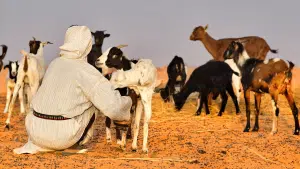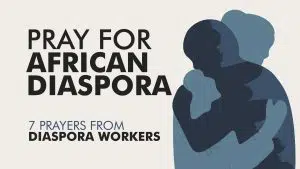Who are the Samburu?
The Samburu are a semi-nomadic people living in the arid areas between Mount Kenya and Lake Turkana in central northern Kenya. They number nearly 240,000 people. Traditionally the Samburu are a pastoralist community that depends heavily on cattle, sheep, goats and occasionally camels. They are related to the better-known Maasai people. Their culture is set up in a way that encourages a strong adherence to its traditions. Samburu people are generally friendly and hospitable, however, it is difficult for them to leave their traditions and shift their loyalty to Jesus.
What do they believe?
Most Samburu practise their traditional religion, which focuses on their multi-faceted divinity (Nkai). It is not uncommon for children and young people, especially women, to report visions of Nkai. A few children gain a reputation for prophecy throughout their lives. Samburu also have ritual diviners, called ‘loibonok’, who divine the causes of individual illnesses and misfortune, and guide warriors. Although ritual life focuses especially on cattle, other livestock figure in ceremonies.
What is being done to reach them?
Recent years have seen the fast growth of a variety of Christian churches, but the congregations are often small and committed members are few. Remote areas have been left behind and remain very traditional and mostly unreached. From 2014-16 a Training in Ministry Outreach (TIMO) team were based in Lchakwai, led by Martin & Joy Koch (Germany). The TIMO team ended in March 2016, but Martin & Joy Koch are still in Lchakwai, continuing the work the team started.



